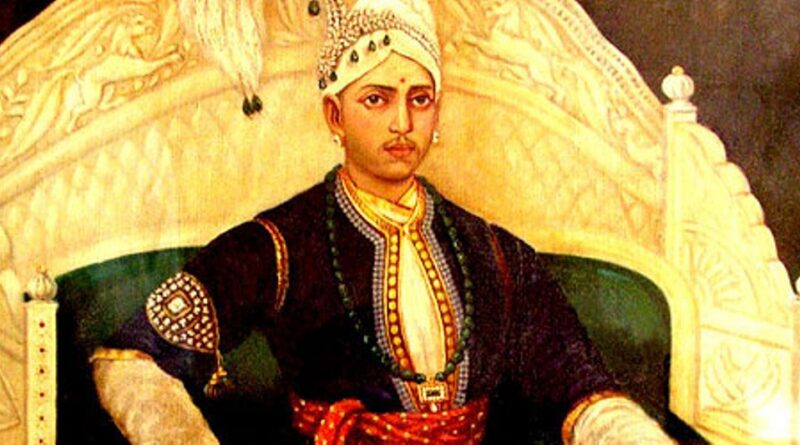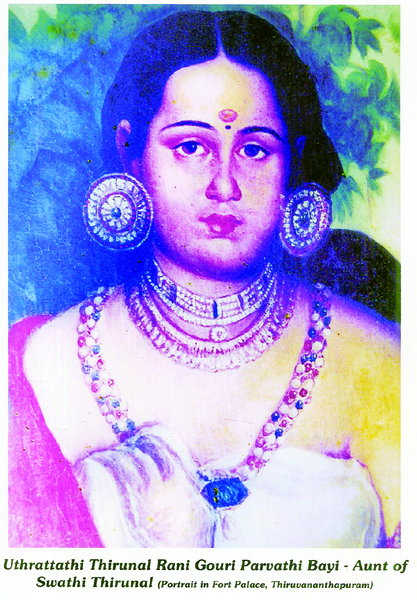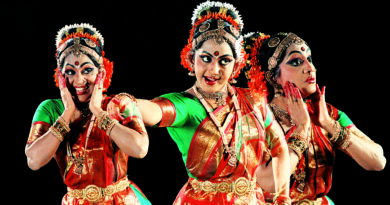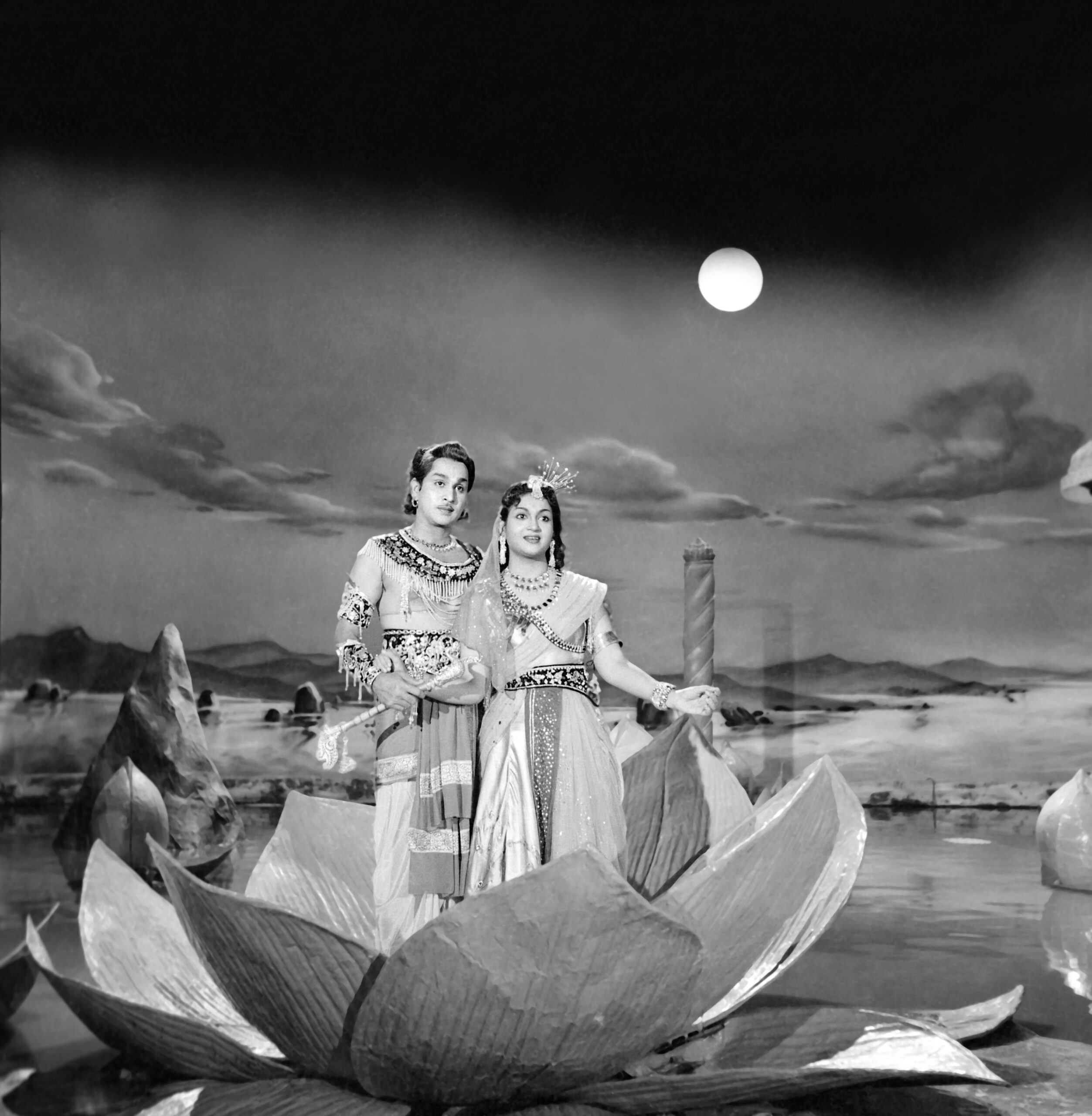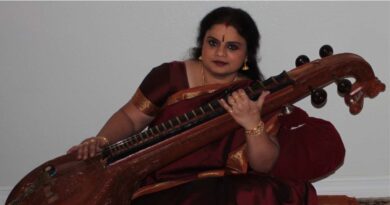A Gem of a Kind- Maharaja Swathi Thirunal
The Maharaja of the Kingdom of Travancore, a brilliant music composer both in Carnatic and Hindustani, born in the Chera Dynasty of the matrilineal royal family of Travancore and the second child of Queen Gowri Lakshmi Bayi, Maharaja Swathi Thirunal is an epitome of music for South India.
His mother Rani Laxmi Bayi, the Queen Regent, breathed her last when the child was hardly two, leaving him in the care of her sister, Rani Parvathi Bayi, who superseded as the Queen Regent, the period of his childhood days. Regent Partvathi Bayi was cautious about the education of the young prince. Tutors were appointed for teaching him different subjects and language. She was far-sighted about the need for having knowledge of different languages in the context of an emerging multilingual polity and administration.

Thus, languages like Sanskrit, Tamil, Telugu, Kannada, Persian, Hindi and Marathi were taught to him, besides their mother-tongue. The extraordinary intellectual exuberance of Swathi Thirunal and the deeper interest and insight that he showed in music and literature, amazed his tutors, and the British personalities who visited the state. Rama Varma was very attached to his aunt and shared a very special and warm relationship with her till the end.
During his reign, he established an English medium school which was Maharaja’s government free school ,which later became a University. The existing State central library in Trivandrum was once Oriented Manuscript library which was started by Swathi Thirunal.
Swathi Tirunal, since his childhood was fondly interested in music. Besides being a ruler, he was a patron of music and was a musician himself. His education in music started with the first lessons from Karamana Subrahmanian Bhagavathar and Karamana Padmanabha Bhagavathar.
Later, he studied music from the then English scholar, Thanjavur Subba Rao as well. He continued to learn music by listening to accomplished musicians and practicing himself. He encouraged both systems of Indian music, Hindustani and Carnatic music, though he was essentially a connoisseur of the Carnatic music tradition.
As a Monarch, Swathi Tirunal was incredibly hardworking and supremely committed to his kingdom and people. The death of his father, elder sister and his wife Narayani gave great grief to the Maharaja. He sought severe silence and solitude, weakening his mind and body, at the age of 33.
Maharaja Swathi Thirunal died on 27 December 1846, creating a history with his unparallel and incomparable accomplishments in a short span of time; he stands as a precious gem in the golden crown.
Maharaja Swathi Thirunal- Biography

Maharaja Swathi Thirunal’s official royal title was “His Royal Highness Sri Padmanabha Dasa Vanchi Pala Swathi Thirunal Rama Varma Kulasekhara Kiritapathi Swami Rama Raja Manney Sultan Maharajah Raja Ramaraja Bahadur Shamsher Jang” who ruled the erstwhile princely state of Travancore (now part of Kerala), for more than 17 years till Dec 1846, has been aptly described by art lovers and exponents as ‘a prince among musicians and a musician among princes.’
He was an enlightened and liberal minded ruler, and introduced several lasting progressive measures and administrative reforms for effective governance. At the same time he was a great lover of arts, his patronage extending to music, dance, painting, sculpture and architecture, among others.
The Maharaja not only promoted these art forms, he also invited artists and scholars from various parts of India and patronised them by providing them with various facilities, including financial assistance.
Posterity will remember the Maharaja as a person of astounding intellectual and artistic acumen, and a prodigious scholar and linguist, besides being a popular ruler. He was a musical genius, a complete artiste. As a composer, he occupies an important place in the history of Indian music. His reign symbolized the golden era of artistic excellence, with promotion of various art forms in the kingdom.
A connoisseur of the Carnatic music tradition, he also had the distinction of encouraging Hindustani music. With his untiring efforts and contributions in these fields, Swathi Thirunal has become one of the immortals of Indian Music.
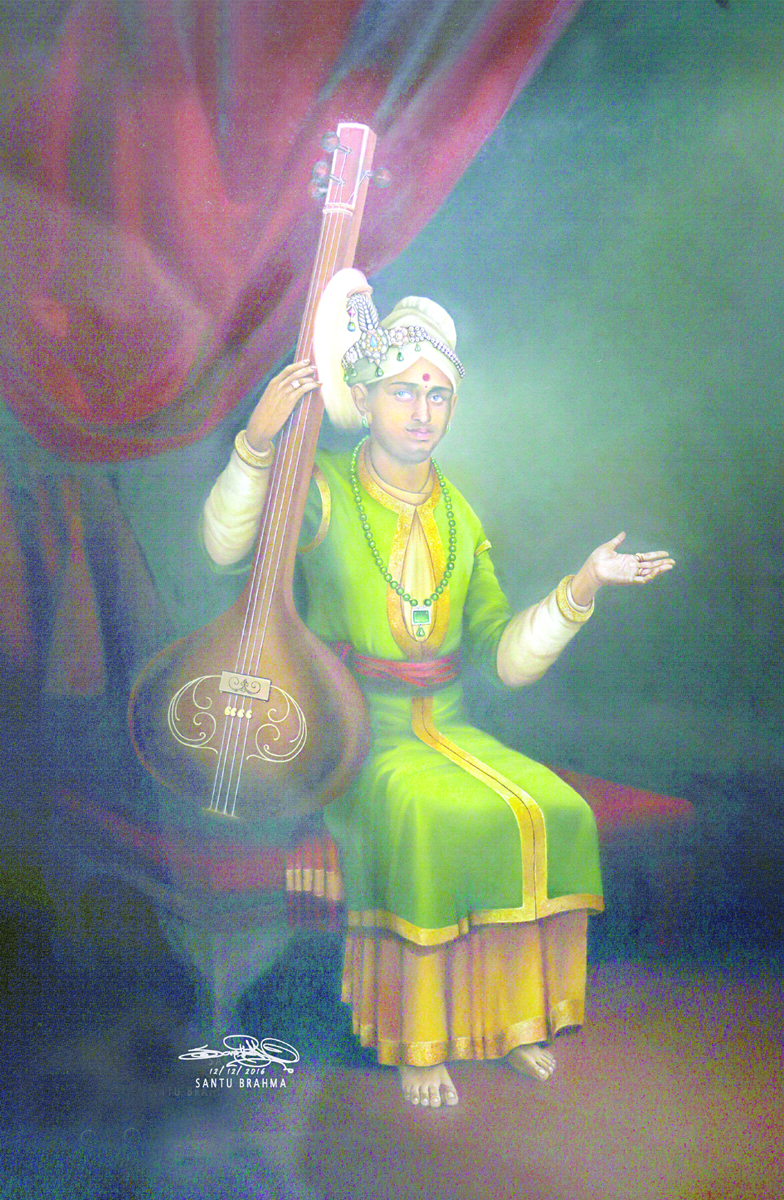
Ever since a child, Swathi Thirunal was intensely interested in music. Profound education in music and persevering practice in his young age, helped in the flowering of a musical genius. The young prince began his music education under the guidance of the palace musicians Subrahmania Bhagavathar and Padmanabha Bhagavathar. Later, he studied music from Thanjavur Subba Rao, who was also an English scholar.
According to Shri Marthanda Varma, Elaya Raja of Travancore, Swathi Thirunal took to music seriously and most conscientiously, practised it assiduously and attained high professional standard – in addition to the cares and task of ruling the State. There was a rich variety in his creations. Eminent scholars and musicologists have rated his compositions among the highest.
Among the musicians in his kingdom who influenced Swati Thirunal to a great extent were Shadkaala Govinda Marar, Irayimman Thampi, Parameswara Bhagavatar, Maliyekkal Krishna Marar, and Mukundaram and Nandaram from Mysore, two experts on Veena.
In the following years, Swathi Thirunal’s achievement as an outstanding music composer came to be known far and wide, even outside his princely state of Travancore. Besides music, other fine arts like dancing, painting and architecture also received the Maharaja’s patronage. Famous dance exponents like Nagaratnam of Sri Rangam and Kanakamala of Tanjore received his special encouragement. He also maintained a Hindhustani dance troupe of eight artistes, according to chroniclers.
Swati Thirunal has been credited with having developed Mohiniyattam and a number of Padams and Padavarnamswere composed by him in Malayalam for use in Mohiniyattam. Even the elegant dress which the Mohini Attam artistes use at present was designed by Swathi Thirunal.
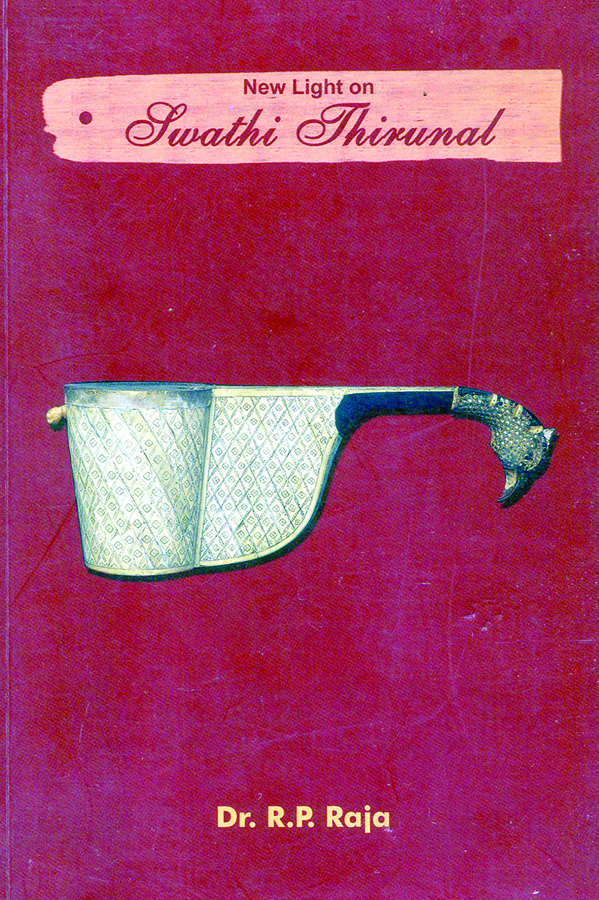
Marar could not succeed in his mission. Thyagaraja, it is said, was so impressed and ecstatic when Marar sang the Jayadeva Ashtapadi Chanda na Charchita Nilakalebarafrom Gita Govinda, that he instantaneously composed his immortal song ‘Entaro Mahanubhavalu Antairiki vandanamu’ (there are ever so many great men in this world and I bow to all of them). This famous composition is part of the Saint’s famous Pancha kritis.

Swati Thirunal’s palace thus became a leading centre of classical music and dances in South India. It also was home to many musicians and artistes of the period, including Tyagaraja’s disciple Kannayya Bhagavathar, and a Maharashtrian singer Ananthapadmanabha Goswami (known as Kokilakanthameru swami).
The most celebrated among the music stalwarts at the Maharaja’s court was Meruswami, who was an authority on the theory and practice of Carnatic music. One of the leading palace musicians, Shadkaala GovInda Marar, used to sing to the Maharaja the enchanting musical compositions of Saint Thyagaraja in his own inimitable style. The Maharaja sent Marar as an emissary to Saint Thyagaraja at Thiruvayyaru to persuade him to come to his royal court.
One outstanding attribute that distinguished Swathi Thirunal from other Indian composers, was that he patronized Hindustani musicians also. They came from Punjab, Oudh, Bengal, Banaras and Poona. Among the Hindustani classical musicians were Punjab Ramarjun, Kasi Govinda Das. North Indian dance experts like Hyderabad Khansa also adorned his court.
The compositions of Maharaja Swathi Thirunal are precious treasures of Indian music and dance. He concentrated mainly on devotional themes and while composing the songs (Padavarnams, Padas, Tillanas etc. for Bharata Natyam and Mohiniyattam) he had in his mind the ragas, talas, choreographic patterns and images for the particular song.
A versatile scholar and a linguist, the Maharaja was fluent in Sanskrit, Marathi, Telugu, Kannada, Hindustani, Bengali, Tamil, Oriya and English, besides his mother tongue Malayalam. He was proficient in Persian, too.

Swathi Thirunal is credited with composing over 400 compositions in Carnatic and Hindustani music in five languages mainly Sanskrit, Malayalam, Hindustani, Telugu, and Kannada. His compositions, which varied in form and structure, included Tanavarnam, Padavarnam, Swarajati, Kriti, Kirtanam, Ragamalika, Javali, Tillana, Bhajan, and even some Hindusthani styles, such as Drupad and Tappa. Some of his favourite compositions were Padmanabha Pahi, Deva Deva, Devanke, Sarasijanabha and Sree Ramana Vibho.
The Maharaja who dedicatedly studied Hindustani music and mastered it, composed Dhrupads, Khayals, Tappas, Bhajans in the Hindustani style. His prime Hindustani music compositions were Bhajans (about 25), followed by Dhrupads (seven), Khayals (three) and Tappas (two).
Most of Swathi Thirunal’s compositions denote the deity “Padmanabha” and his synonyms. The Maharajas of Travancore ruled their kingdom as ‘dasas’ (servants) of Lord Padmanabha (Vishnu) and governed the kingdom as His representative.

According to researchers, Swathi Thirunal was the first music composer to adapt Sanskrit and Malayalam in a Varnam format. Kirtanams (devotional songs composed with raga and tala), numbering about two hundred, form the bulk of his musical compositions. There was a rich variety in his music compositions which were evaluated and highly rated by eminent scholars and musicologists.
About fifty padams attributed to him are said to have come to light, though some scholars say, these are compositions of Irayimman Tampi, as he collaborated with the Maharaja in this field.
According to the famous music maestro, Mysore Vasudevacharyar, the secret of the greatness of the Maharaja’s compositions is that “they are verily the very essence of the expression of the Maharaja pouring out his heart to his maker” Lord Padmanabha, the presiding deity of the Travancore royalty. “Each of his composition is a perfect piece of artistic creation. He is the one composer who has touched the entire range of structural composition in Carnatic music. This is an exclusive greatness of this Vaggeyekara”.

Unlike other rulers, Swathi Thirunal lived a simple life. The prince was generous, gentle, and courteous and music was an apparatus of worship. Lord Padmanabha was his real preceptor, for which he explains “All that I write, whether poetry or music, centre’s around God. It is an act of faith with me. Music is not worth its name otherwise”.
While other music composers and geniuses devoted a life time to music, with creation of musical compositions as their only pre-occupation, Swathi Thirunal was a person whose main vocation in life was to rule the State and attend to the royal duties, even though he faced pressures from the British colonial administrators. Severely distressed Swathi Thirunal, who had occupied the throne of his kingdom when he was just 16 years, breathed his last on December 27, 1846, at a young age of 33years. Had he lived longer, he would have achieved miraculous progress in the field of music.
Descendant’s opine: Prince Rama Varma
It is said that once the great musical sage Narada asked Lord Vishnu, “Oh Lord! Where do you actually reside? In Vaikunta? In the hearts of Yogis?” and Vishnu sang,
“Naaham vasaami Vaikunte,
Yoginaam hridaye na cha,
Mad bhaktaa yathra gaayanthi,
Thathra thishtaami Naarada.”
(“I don’t live in Vaikunta, or in the hearts of Yogis.
I am present where my devotees sing tunefully about me.”)
While most believers would agree, that we need the grace of God for our well being, it is equally pertinent that God needs His or Her Devotees too, to sing his or her praises! The amount of popularity enjoyed by Sri Rama today for instance would be significantly less without the contribution of great devotees like Valmiki, Tulasidas, Thyagaraja, Bhadrachala Ramadasa and others.
Our own Lord Sri Padmanabhaswamy is no different in this respect. Despite having had a long line of Padmanabha Dasas to serve Him, the place that Maharaja Sri Swathi Thirunal has, is utterly unique and special, not just in the history of the temple, but in the history of Indian culture itself.
Sangeetha Pithaamaha The Great Grandfather of Music, Sri Purandaradasa wrote,
Malagi paadidare, kulitu keluvanu – If you lie down and sing, I’ll sit up and listen
Kulitu paadidare, nintu keluvanu – If you sit and sing, I will stand up and listen
Nintu paadidare, nalidu keluvanu – If you stand and sing, I will dance and listen
Nalidu paadidare, Swargasure bittenembe, Purandara Vittala ! – If you Dance and sing, then it is indeed Heaven, Oh Purandara Vittala!
Maharaja Swathi Thirunal personified the sentiment contained within this verse. Music pleases one the moment one hears it, whereas poetry gives pleasure after one contemplates it or analyzes it.” Maharaja Swathi Thirunal personifies this too and could be rightly called “Saraswathyputhra” or the “Son of Goddess Saraswathy”: somebody who embodied Music, Dance and Poetry in equal measure.
Like most people who are more evolved than others and who are visionaries ahead of their time, he had to suffer a lot and was forced to lead a tragic and frustrating life. But within this short life, his accomplishments in various areas like music, literature, administration, astronomy, social reforms, spirituality, languages and temple administration to name a few, literally boggle the mind!
The Swathi Heritage
How a composer king led renaissance of music and dance in 19th century
- Prof. Achuthsankar S Nair,
Head, Dept of Music, University of Kerala
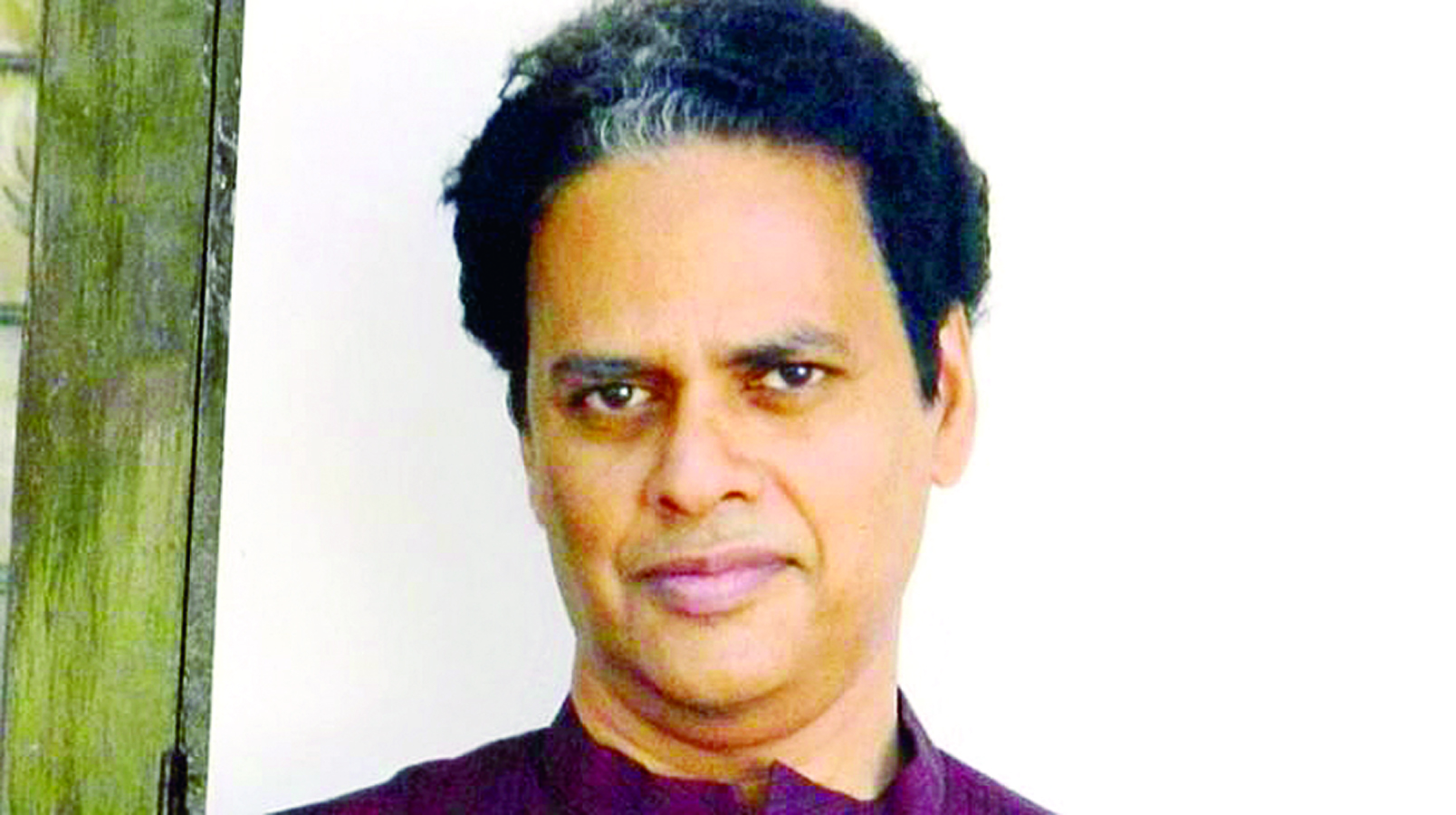
The 1760-1850s was really a special period in history of Carnatic music. Beside the Kaveri River, we had the three suns shining together bringing up the high noon of Carnatic music. Towards the end of the period, farther down south, beside the Karamana River, the Swathi star appeared, shining brightly but briefly.
This period saw many more famous composers and musicians – Irayimman Thampi, Veena Kuppayyar, Subbaraya Sasthri, the Tanjore Quartette, Goapala Krishna Bharathi, Shadkala Govinda Marar, Palakkad Parameswara Bhagavathar and many more. It is also a happy coincidence that Beethovan’s productive life also overlapped this period.
“Omanathinkal Kidavo” (famous after Life of Pi Controversy) is a lullaby traditionally believed to be composed for the young Swathi. He is well known as an administrator who brought modernity to Kerala. English education, modern hospitals, libraries, legal system, astronomical observatory, banning of barbaric punishments… the list of his achievements is elongated. He was recognised worldwide, for instance, he was elected fellow of Royal Asiatic Society of Great Britain and Ireland in 1843, describing him as great promoter of science in the east.
His administrative achievements are easily overshadowed by his achievements in music and literature. He had a two-fold contribution in field of music and dance – as a versatile composer and also as a patron. While he churned out songs of various forms in various languages and Ragas, he also attracted musicians and dances from all over India like a magnet.
For a decade, the status of cultural centre of South India was usurped by the sleepy town of Thiruvananthapuram. His courtiers included the famous Tanjore Quartette (of whom Vadivelu stayed in Trivandrum for most of his short life), Shadkala Govinda Marar who impressed even Thyagaraja, Kannaya Bhagavathar, disciple of Thyagaraja etc contributed to the transformation of music and dance in Kerala and worked as ambasaadors of Kerala music in Tamil Nadu. This is evident from publications in Tamilnadu during late 19th century.
Deekshithar’s descendent Subbarama Deekshithar wrote a glorious biography of Swathi Thirunal in Telugu and published his songs in notation. Tachur Singaracharulu, disciple of Shayamasathri’s son and Thyagaraja’s student (Subbaraya Sasthri), also published Swathi Songs. This inter-state interaction has a great value when we look back.
As a composer, he is first noted for his variety. He composed Varnams, Padams, Krithis, Javalis, Thillanas, Ragamalikas, Harikathas, and many Hindusthani forms. The languages included Sanskrit, Malayalam, Telugu, Kannada and Hindi. On his Hindustani songs, he was influenced by Kabir dohas as evidenced by presence of Malayalam transliteration of Kabir dohas in Swathi Archives in Kerala University Manuscripts Library.
Swathi Thirunal’s master skill was in the technique of Swarakshara. Oriental Music in European Notation, a monumental work published in Madras in 1893, contains songs of Swathi Thirunal and refer to Swarakshara ability thus, “A certain musician who had composed a melody in this style [Swarakshara] appeared before the Maharaja and boasted that he had accomplished an extraordinary feat such as had never been attempted before. His Highness at once produced a number of pieces of the same kind, to show that he himself was capable of doing great deal more without difficulty.” He along with Vadivelu rebooted the Kerala dance form of Mohiniyattam, adapting elements of Sadir. Swathi’s padams are an inevitable part of Mohiniyattam stages till date.
It is not well known that the longest surviving music festival in south India (or perhaps the world) is the Navarathri music festival in Trivandrum, initiated by Swathi Thirunal in 1839. The songs set for each day by him are continuing to be rendered without break for 180 years now. Six years after his demise, a book with 82 songs of his was printed in Trivandrum. This author had the fortune to unearth it. This is arguably the first printed book in Carnatic music (Sangeetha Sarvartha Sara Samgraham (1859) in Telugu came 6 years after and interestingly contains the song “Sarasasamamukha” of Swathi Thirunal).
For a unique reason we can consider it just to place Swathi Thirunal as a worthy contemporary Trinity. Swathi Thirunal, through his own music and through his patronage, established Carnatic music in Kerala (this is a criticism as well – many Sopana admirers feel that he put an end to the Sopana tradition). The Dwi-Thrimoorthy –Thyagaraja, Deekshithar, Shyama Sasthri along with Purandara Dasa, Annamacharya and Swathi Thirunal would be a cynosure to all South Indian eyes. The cause of Carnatic music is well served when it is iconically connected to all states of South India.
Divinity in Swathi Thirunal’s Musical Compositions
Dr. R. P. Raja
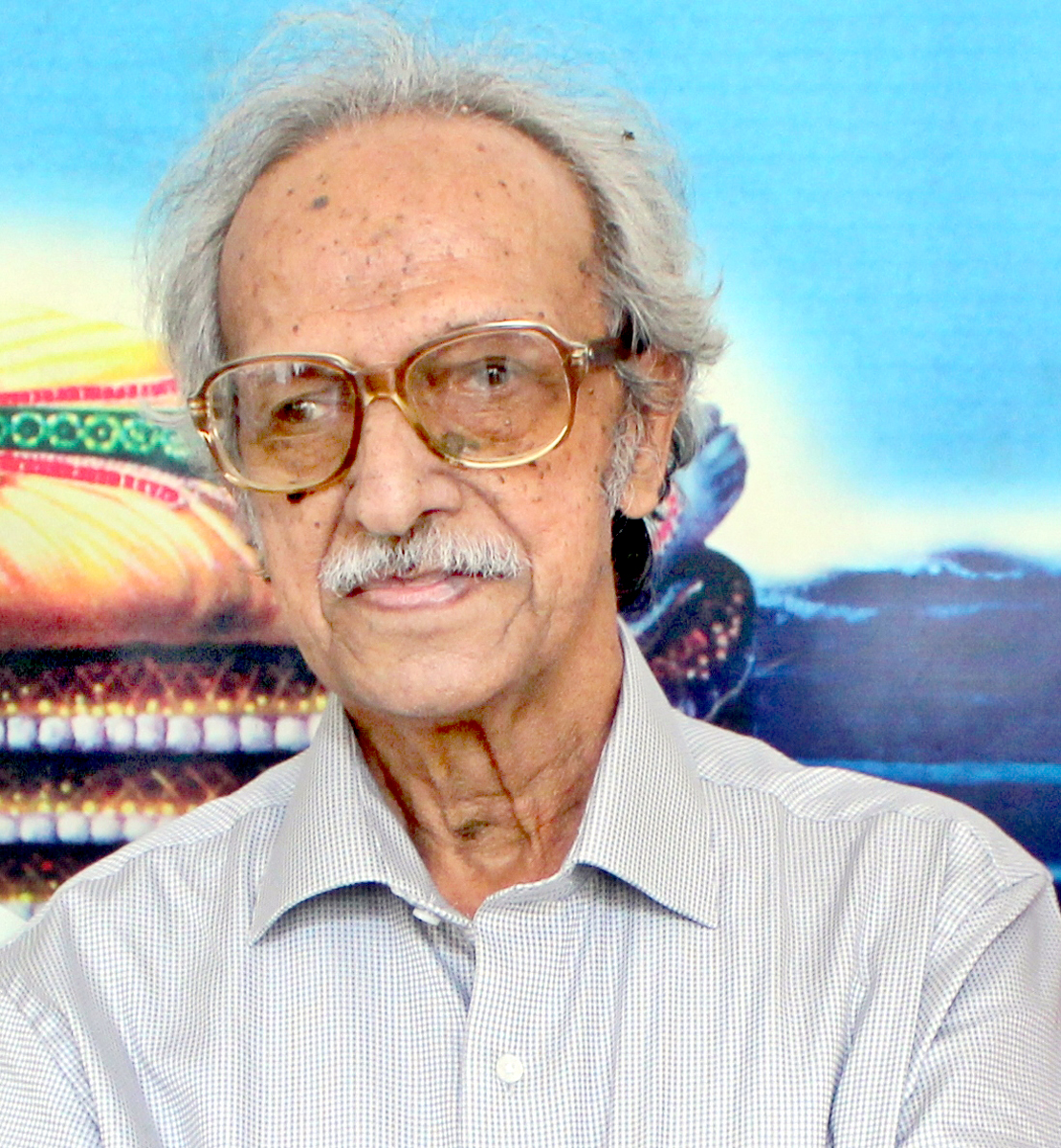
The ‘Musical Compositions’ of Maharaja Swathi Thirunal are strongly devotional in nature and hence are an expression of ‘Divinity’. Such compositions could be created only by persons who are spiritual in nature, who themselves have a spark of divinity in them, and that is why their compositions are laced with divinity. In the case of Swathi Thirunal, this divinity is evident irrespective of the language of the composition, and the forms of compositions whether it is a Keerthana or a ‘Sringara Pada’.
To Swathi Thirunal, Sree Padmanabha Swamy, the tutelary deity of his royal dynasty was everything. Even when he composed musical compositions on other deities, they were qualified as deities praising or pleasing Sree Padmanaha Swamy.
Now, coming to the compositions themselves, when one takes as an example, the ‘Navaratna Malika’ krithis, they deal with the ‘Nava Vidha Bhakthi’, the nine forms of devotion which kindle and develop as well as express Bhakthi. Naturally, the compositions contain and deal with divinity. All the Sanskrit Keerthanas contain prayers, glorifications and praises of Sree Padmanabha and are thus laced with divinity.
Many compositions contain philosophical concepts drawn from the Vedas and Upanishads, and references to stories from the great Puranas thus embellishing the divine nature of the compositions. In ‘Sringara Padas’, Sree Padmanabha is the ‘Nayaka’ and the Maharaja is the ‘Nayaki’ with an expression of intense divine love as of the ‘Gopis’ to ‘Sree Krishna’.
Though a king with temporal powers, with natural state and political problems, the Maharaja did not seek for material gains, but through all his musical compositions, one finds his constant prayers for increasing his Bhakthi for the Lotus Feet of the Lord in prosperity and adversity, seeking the constant presence of the Lord in his heart, praying for opportunities for ‘dasya vrithi’, service to the Lord, to love the lord, and so on, qualifying the compositions as ‘God Filled’ , thus making the
“Divinity in the Musical Compositions of Maharaja Swathi Thirunal, Absolute”

